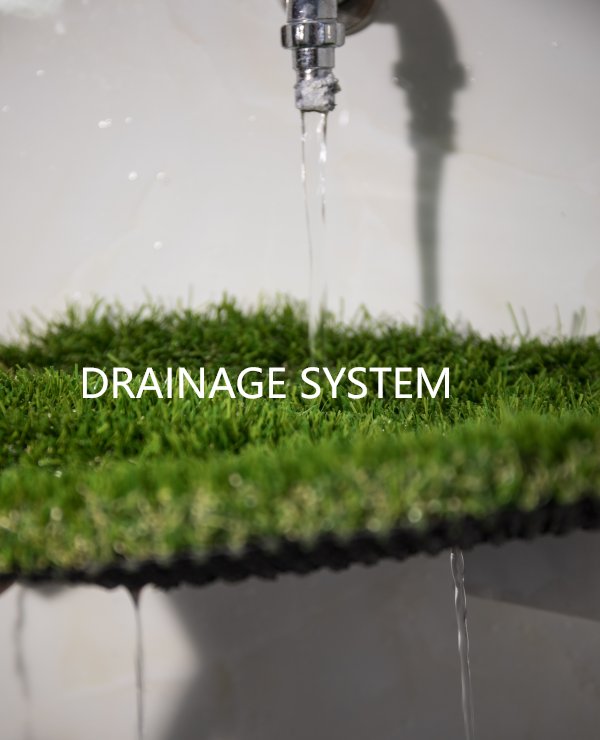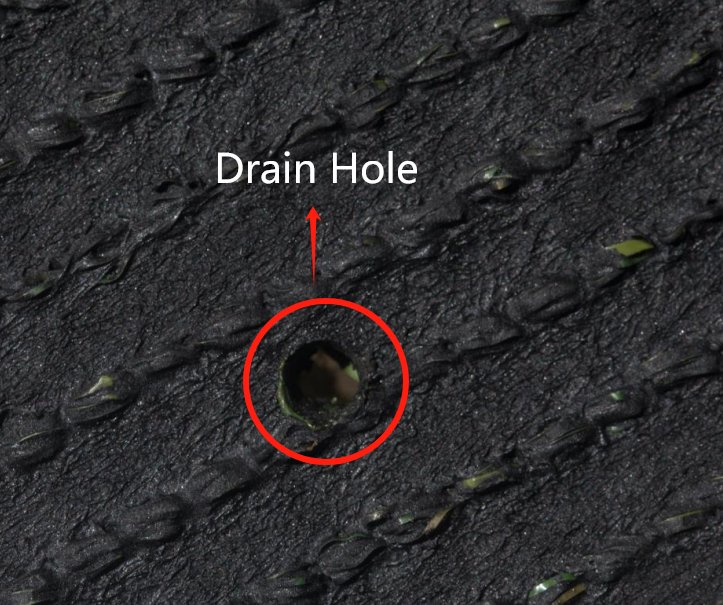Aug 23rd,2024


Artificial turf has emerged as a revolutionary solution in various fields, not least for its remarkable
drainage capabilities. This feature sets it apart and makes it a preferred choice in many applications.
One of the key advantages of artificial turf is its engineered design that allows water to pass through
quickly and efficiently. The surface is often composed of materials with small pores or perforations that
facilitate the rapid movement of water. This ensures that even during heavy downpours, the turf remains
playable and does not accumulate water, reducing the risk of slippery surfaces and potential accidents.
The drainage system beneath the artificial turf is also meticulously planned. Specialized layers of gravel,
sand, and drainage pipes work in harmony to channel the water away from the playing area. This not only
maintains the quality and appearance of the turf but also extends its lifespan by preventing water-related
damage.
In contrast to natural grass, which can become waterlogged and damaged in wet conditions, artificial turf
remains resilient. It can withstand frequent usage and adverse weather without the issues associated with
poor drainage. This makes it ideal for sports fields, playgrounds, and other outdoor spaces where consistent
performance and safety are paramount.
Moreover, the excellent drainage of artificial turf contributes to its low maintenance requirements. There is no
need for constant aeration or overseeding to improve drainage, as is the case with natural grass. This translates
to cost savings and less disruption to the usage of the area.
In conclusion, the superior drainage properties of artificial turf make it a reliable and practical choice for a wide
range of outdoor applications. It offers a safe, functional, and aesthetically pleasing surface that remains
unaffected by the challenges posed by water accumulation.